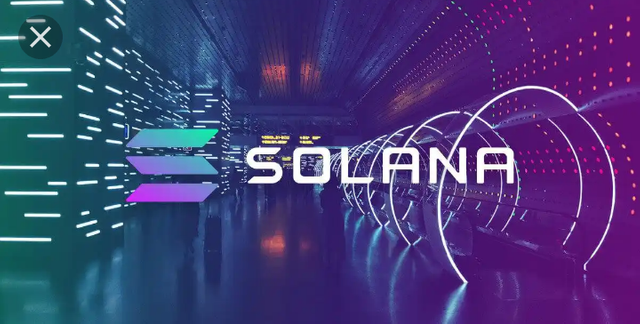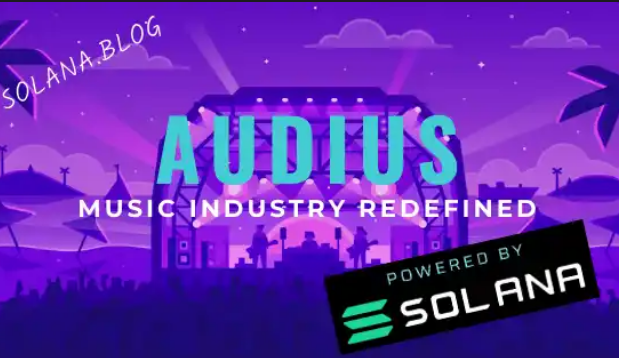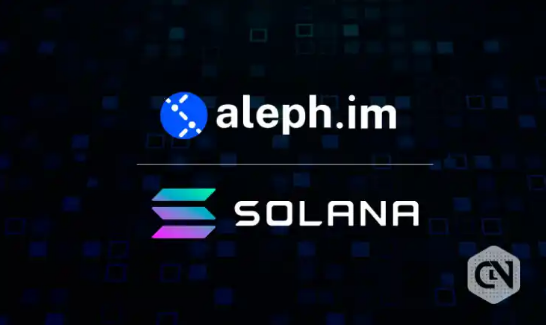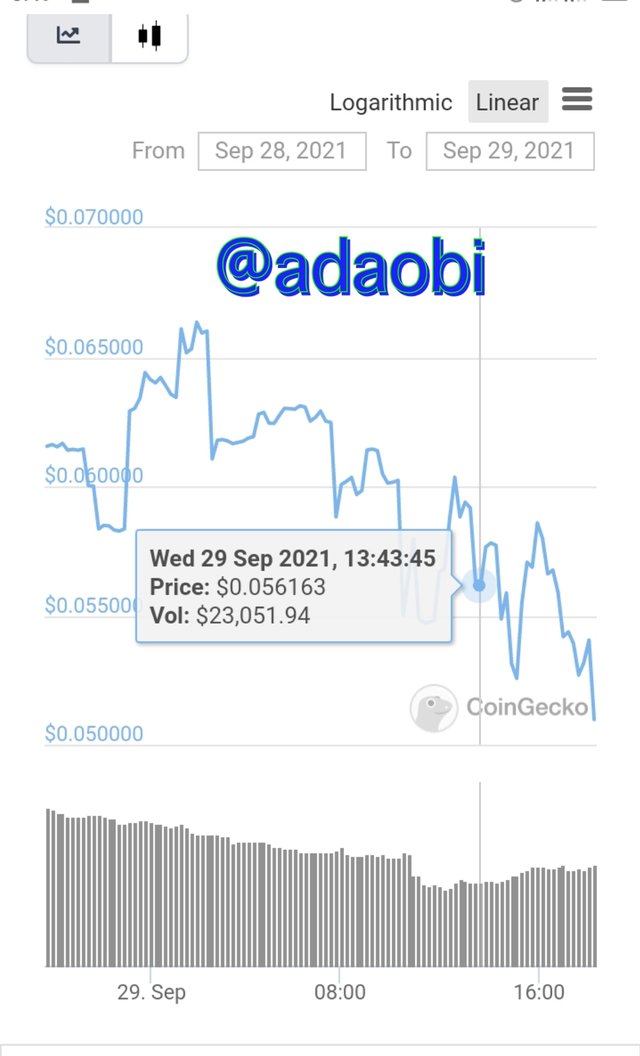1.- Explain in detail the PoH of Solana.
Proof-of-History (PoH)
The Solana blockchain uses cryptography to arrange in order, the transactions that have been carried out on the blockchain so as to solve the issue of disorderliness often referred to as 'agreement on time's. This Proof of History (PoH) is likened to the ancient water clock. Using a **Verifiable Delay Function (VDF), the PoH records the time that has been consumed in running a function.
Being a frequency verifiable delay function, PoH enable the blockchain to establish a time source which is proven to be safe cryptographically. This VDF also allow the evaluation and provision of output that can be confirmed publicly. The nodes operating on the blockchain could generate a new block after carrying out a transaction, without having to align themselves entirely with the network. This helps in reducing the overhead consensus.
PoH provides users with the freedom of trusting the relative message times it provides without the need to contact other nodes that operate in the network. The Solana blockchain has a high scalability because of the guarantee that the proof of history provides. This guarantee is based on the "time to finality" premise which means that the the transactions that are recorded in the blockchain ledger over time will not change.
In a nutshell, PoH is a function/feature of the Solana blockchain that cryptographically provide a trustless source of time and record past transactions as well as data of activities that has taken place on the blockchain to enhance fast and secure operations.
2.- Explain at least 2 cases of use of Solana.
There are various use cases of Solana ranging from the projects built on the blockchain to decentralized applications and lots more. There are a lot of investors going for Solana. Some of the projects built on the Solana blockchain include;
I) Audius:
This is a blockchain based music platform that give users the opportunity to create contents. Originally, the Audius project was on the Ethereum blockchain before being redeployed to Solana. The project has recorded over 1 million listeners on monthly basis.
II) Maps.me:
This is a decentralized application that give directions using offline maps and OpenStreetmap with some DeFi features. It has over 140 million users. Maps.me provide some amazing features such as governance, as well as providing travelers with payment and fund transfer system, accommodation booking, asset management, etc. Most users have turned Maps.me to their traveling guide since the DApp is fast becoming a travel oriented cryptocurrency wallet.
III) Aleph.im
Aleph.im is a protocol on the Solana blockchain that provides decentralization to other centralized applications. It provide decentralized file storage/database to replace centralization in applications, thereby turning them to DApps. It also give applications a decentralized structure and features with its decentralized firebase.
3.- Detail and explain the SOLA token.
SOLA token is a governance token which is a cheaper and faster DeFi that is built on Solana. It was first issued in August 9, 2021 with an initial supply of 27,153,077 million tokens comprising of airdrops. SOLA token is a token that give its holders the right to vote and take part in major decision making of the platform depending on the volume of token they hold.
One of the goals of s SOLA token is token burning which is aimed at increasing the total supply of the token. SOLA token has a current price of $0.05 at the time of writing, with a circulating supply of 27,153,077 million tokens and a fully diluted valuation of $1,465,539. The token has recorded an all time high (ATH) of $0.11 in September, 2021. SOLA token is ranked #1849 on Coingecko at the time of writing.

According to Solscan.io, it has a current number of 1902 registered users at the time of writing. SOLA token can be traded using the SOLA/USDT pair in https://app.solatoken.net (DEX app).

The commission/proceeds generated (that is, trading fees and API) are used for the purchase of more Sola tokens in order to burn them.
4.- When did Solana Blockchain see its operations interrupted? Why? Explain.
Solana blockchain witnessed a major disruption of its operations on the 14th of September, 2021 and this interruption lasted for 17 hours. The outage was due to the exhaustion of resources after the network recorded about 400,000 transactions per second.
According to an overview given by Solana regarding the problem, the cause of the outage was due to flood of transactions on the network that created a memory overflow. That memory overflow led to the slowing down and subsequent stall of the network.
“The cause of the network stall was, in effect, a denial-of-service attack. At 12:00 UTC, Grape Protocol launched their IDO on Raydium, and bots generated transactions that flooded the network. These transactions created a memory overflow, which caused many validators to crash, forcing the network to slow down and eventually stall.”
The Solana network could not confirm new blocks and all initial steps that were taken to fix the problem failed. However, an upgrade-and-restart was conducted in the network with over 1000 validators. The upgrade lasted for about 2 and a half hours after which the network validators were fully restored.
5.- Check the last block generated in Solana and make an approximate calculation of How many blocks per second have been generated in Solana, taking into account from the initial block to the current one? Justify your answer and show screenshots.
The last block generated in Solana as at the time of writing is 98941322.
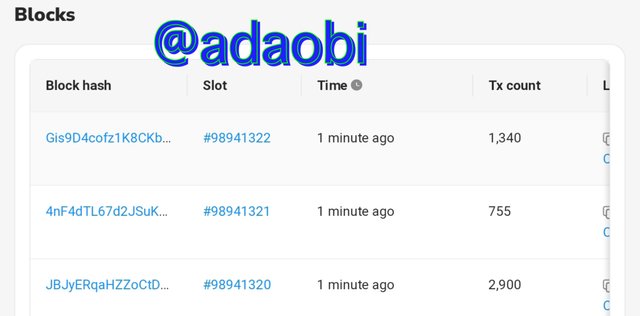
In order to calculate the approximate number of blocks per second generated in Solana, we have to first determine the number of months in consideration. Since March 2020 to September 2021, we have approximately 19 months to consider.

The Solana project has it that a block is generated half a second (0.5 seconds). From March, we have approximately 19 months. We have 3600 seconds in a minute, that is, 60×60. In a day, there are 86,400 seconds (3600×24) and 2,592,000 seconds in a month (86400×30).
Calculating for 19 months, we have 2,592,000×19 = 49248000 seconds. Considering the 0.5 seconds proposed by Solana, 49,248,000×2 = 98,496,000. The last block as stated earlier at the time of writing was 98941322. This is somewhat close to the approximate result gotten from the calculation. We can therefore agree from this, that Solana generates one block each, every 0.5 seconds.
Conclusion
Solana Blockchain is a blockchain of our time that has done so well in the cryptocurrency world. In less than two years. The SOL token has outperformed many cryptocurrencies that has long been in existence before SOL. There a lot of projects and DApps built on Solana Blockchain and this has helped in boosting the popularity of the blockchain. One of the tokens in the platform is the SOLA token which is also trying to make waves into the crypto space. In all, Solana is going to the moon with the amount of transactions it executes in a matter of seconds. There is no doubt that it is indeed the fastest blockchain of recent times.
